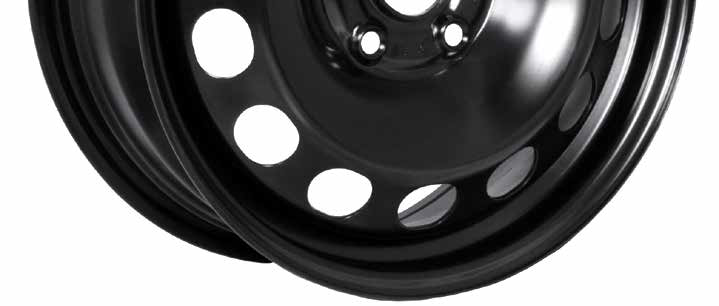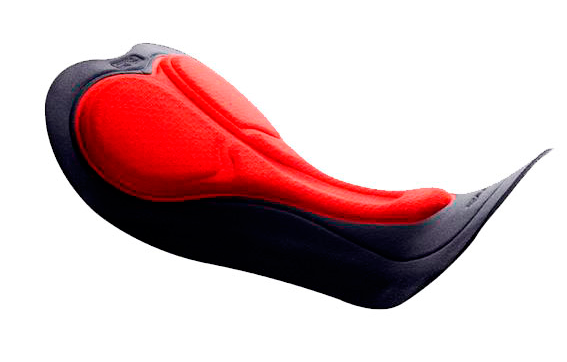Abstract
Wheels are products with key geometrical and structural specifications. The wheel must fulfil load, fatigue and weight requirements, as well as geometry, stiffness and environmental resistance. In addition, new style requirements are coming from the OEM’s. To satisfy these demands the wheel manufacturer must have a deep insight into new materials and manufacturing processes as well as a robust design methodology to correctly consider both process and product constraints.
Steel wheels for passenger cars and commercial vehicles usually consist of two parts: rim and disc. The rim is the part that is in contact with the tire: international norms regulate most of its geometrical characteristics to guarantee functionality of pieces developed by different wheel and tire manufacturers.
Read the article


